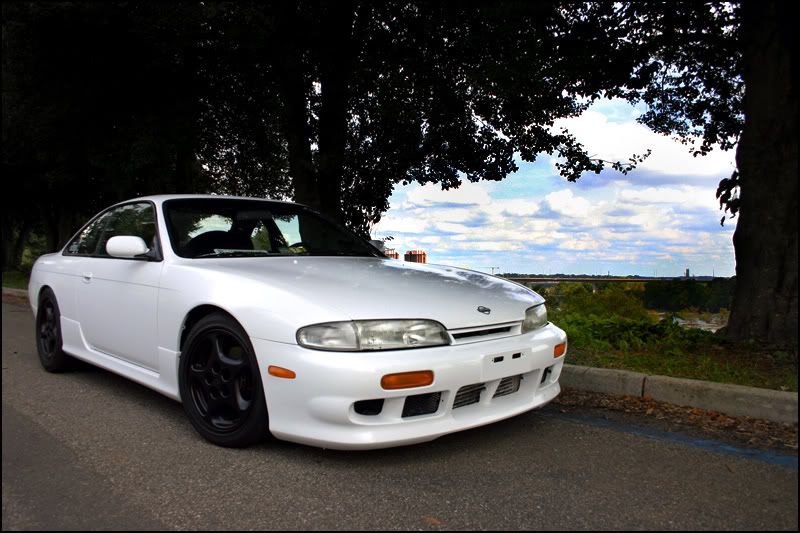The final sanding before painting should be done with no coraser grit than 400. Sanding between finish coats isn’t necessary. But the final coat should be wet sanded with 800 or better and then rubbed out if you want that shiny look.
I have myy doubts as to how well a rattle can is going to work for this. Those are big areas and a rattle can doesn’t have the volume and pattern size to sweep a wet coat on the whole surface. That means that you’ll have over spray problems that will require a good bit of wet sanding. But you can probably get away with it. A cheap compresser and decent gravity fed spray gun would be a better way (and opens up you choices in paint). And the air compresser comes in handy for lots of other stuff.
The end result will be mostly a matter of how much prep you do. For the best appearance you’d sand to bare metal, repair any dings (move metal first and body filler where necessary. Level out any filler with 80 and then 320 grit. Wipe down with reducer and spray sandable primer. Block sand that with 220 to level and finish sand with 320. Wipe down and spray another coat of primer, mist the surface with a contrasting color (guide coat), and finish block sand with 400 and then 600 grit until the guide coat is gone. Wipe down again and shoot the color coat. Two or more thin color coats are easier than having to sand out runs. After the last coat has cured out (48-72hours), wet sand and polish.
Automotive refinishing supply houses have primer, filler, and paint that much more suitable for automotive use.




